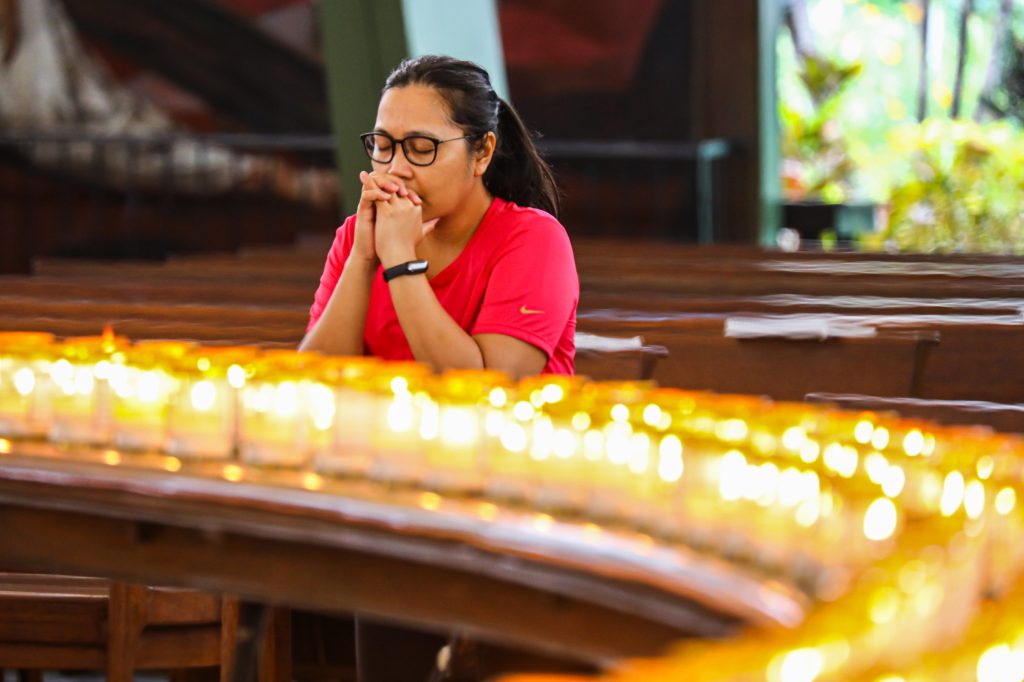Throughout history, regardless of time or place, people always nurture a fascination with death.
Despite cultural differences, we share a common desire to memorialize the dead.
While the reasons might be different, as not all cultures believe in life after death, humanity is united in the ritualization of death.
During my recent visit to South Korea, I was able to visit Tumuli Park, or the Garden of the Great Tombs, in Gyeongju province.
Gyeongju, the capital of the kingdoms of Silla (57 BC – 935 AD), is dotted with impressive mounds of royal tombs of kings, queens, princes and princesses, and nobility. These tombs stood as symbols of political authority and cultural grandeur.
At first glance, the mounds resemble the Philippines’ “Chocolate Hills” in Bohol.
Constructed of wood, sealed with clay, and covered with mounds of stone and earth, these tombs have a relatively impenetrable structure. The wood-lined chambers running east to west contain lacquered wooden coffins of royal families with burial goods (mostly gold) placed around.
The tombs have preserved hoards of precious ornaments buried within, such as accessories of pure gold, crowns, caps, belts, earrings, necklaces, bracelets, rings, and decorative swords.
In ancient times, Koreans believed that the world of the dead is similar to the world of the living.
The general practice was to carefully bury the deceased within graves that function as “residences” in death, without any alterations to the body.
In the past, Koreans had a strong faith in the principles of geomancy. They believed that burying their family members at auspicious sites would lead the deceased to absorb good spirits from the earth, and then the souls of the dead would, in turn, bring good fortune to the living.
The practice of building large mound-tombs and interring scores of gold ornaments gradually declined following the official adoption of Buddhism as the state religion. Instead, cremation became the standard postmortem practice.

In the Philippines, there is also a wide variety of old indigenous burial methods or customs rarely practiced nowadays.
In Sagada, Mountain Province, the Kankanaey people place the dead body, in a fetal position, inside a carved wooden coffin with the belief that those who die need to leave the world in the position that they entered it. These coffins are then stacked on top of each other in limestone caves or tucked into crevices in the wall of the cave.
In Kabayan, Benguet, the mummified body is displayed in their homes as a form of honoring them in the afterlife. The bodies are preserved through processes of dehydration and smoking.
In Apayao, the Isneg people bury the deceased underneath their houses or in the backyard as a way of showing their love and longing for the deceased.
The B’laans of Southern Mindanao utilizes trees as their burial spots. The body of the dead is covered with tree bark and suspended on tree branches.
In Palawan, the journey of the soul to the afterlife is closely associated by early Filipinos to maritime culture as represented by the “ship-of-the-dead” burial container called Manunggul Jar.
I saw the burial jars twice during my visits to two museums, the Palawan Cultural Center in Puerto Princesa and the National Museum in Manila.
The jar dates from 890 – 710 BC and were excavated from a Neolithic burial site in the Manunggul cave of the Tabon Caves in Lipuun Point, Palawan.

Early Filipinos believe that a man is composed of a body, a life force called “ginhawa,” and a “kaluluwa” (soul), explaining why the design of the cover of the Manunggul Jar features three faces — the soul, the boatman, and the boat itself. These figures embody souls riding a boat for the dead while seafaring toward their sanctuary in the afterlife.
Many Filipino epics narrate how souls go to the next life and pass through the rivers and seas aboard boats. The “kaluluwa,” after death, can return to earth to exist in nature and guide their descendants.
Our Filipino ancestors respected nature, believing that even things from nature have souls and lives.
Due to Spanish, American, and Chinese influence, the most prominent contemporary practice of honoring the dead is by holding a wake that lasts from three to seven days.
Catholics say prayers, such as the rosary for nine days after the burial, also known as a “novena.” They pray the rosary again 40 days after the death, and again a year after during the death anniversary.
Atty. Dennis R. Gorecho heads the seafarers’ division of the Sapalo Velez Bundang Bulilan law offices. For comments, e-mail [email protected], or call 0917-5025808 or 0908-8665786.









